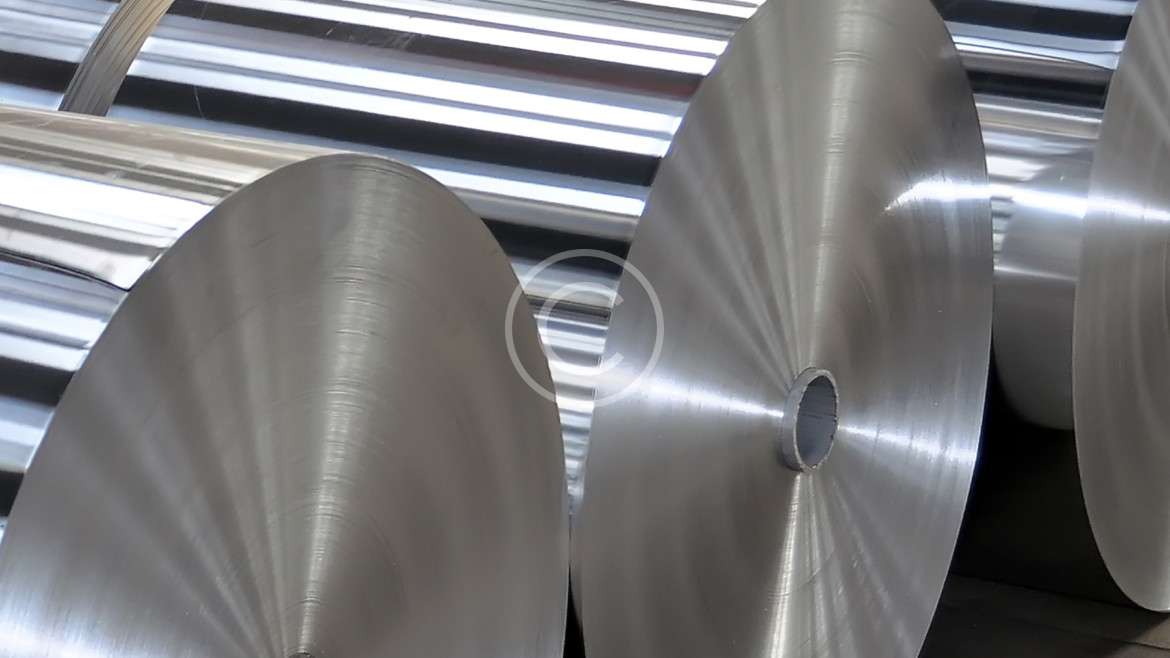The evolution of steel production has been a transformative journey for industries worldwide, with significant advancements in the methods used to produce bar iron and, subsequently, steel. In the early days, steel was produced in small quantities and was extremely expensive, making it inaccessible for many industries. However, the introduction of new methods for producing bar iron, which were later applied to steel production, significantly improved the process and made steel much more economical, paving the way for its widespread use in construction, transportation, manufacturing, and other industries.
One of the key turning points in the production of steel was the introduction of the Bessemer process in the mid-19th century. Prior to this, bar iron was primarily produced using traditional methods, which were labor-intensive and required significant amounts of fuel and time. The Bessemer process, developed by Sir Henry Bessemer, revolutionized steel production by using a blowing process to remove impurities from molten iron, transforming it into high-quality steel more efficiently. This method allowed for the mass production of steel at a much lower cost, greatly reducing the price of steel products and making it far more accessible.
With the Bessemer process, iron was placed into a large vessel known as a converter, where a controlled amount of air was blown through the molten iron. This air eliminated the excess carbon content, turning the iron into steel. This process was not only faster than traditional methods but also required far less fuel, making it a more economical option for steel producers. As a result, steel production became more scalable, enabling the growth of industries that relied on steel products, such as railroads, construction, and machinery manufacturing.
Another method that further improved the economy of steel production was the open-hearth process. This process, developed in the late 19th century, allowed for greater control over the composition of the steel and enabled the use of a wider variety of raw materials. It also helped produce larger quantities of steel, increasing the efficiency of steel mills. The ability to produce steel in larger batches with consistent quality at a lower cost marked another milestone in making steel a more affordable and widely available material.
Later innovations, such as the electric arc furnace (EAF), further improved steel production efficiency, allowing manufacturers to recycle scrap metal into new steel products, which reduced costs and minimized waste. This method also provided greater flexibility in producing steel with specific alloy compositions, catering to various industries with specialized requirements.
These advances in steel production, from the Bessemer process to modern electric arc furnaces, made steel not only economical but also versatile. Steel became more readily available, with producers able to meet the growing demand for infrastructure, automobiles, appliances, and various other steel-based products. The reduction in production costs and the increased availability of steel led to its widespread adoption across industries, spurring economic growth and innovation in construction, transportation, and technology.
At Jarn Engineering Group, we leverage the latest advancements in steel production methods to deliver high-quality steel products at competitive prices. By focusing on modern, economical production techniques, we are able to meet the needs of industries that rely on cost-effective, durable, and reliable steel materials. Whether you are working on a large construction project or a precision engineering application, our commitment to using advanced production methods ensures that you receive the highest quality steel for your needs at a cost-effective price.
